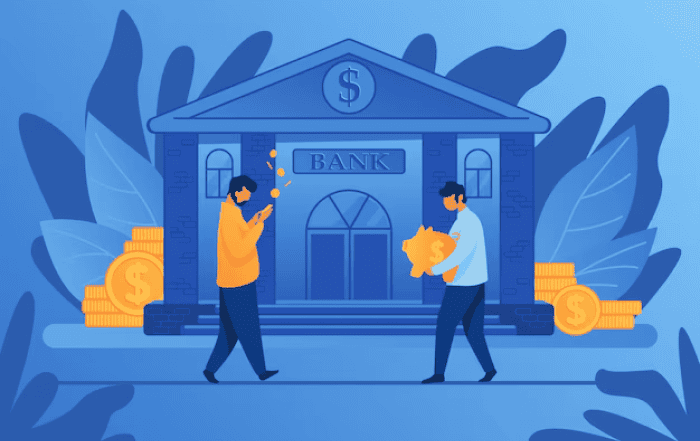
Internet, which some 10-15 years back was a new pass time in our lives, has eventually become our life. From something that we used 15-20 minutes a day, it has become our lifeline today. Consumers have always been concerned about their privacy since the early days of world wide web and with recent news articles about data breaches, more so. The Cambridge Analytica, Facebook, eBay, Aadhaar, Uber, MyFitnessPal and Yahoo are some of the biggest data leaks of recent times. A recent survey conducted shows that only 9% of the people are very confident that social media companies would protect their data [by Pew Research Center].
User personalization is the hot topic these days. With such huge data leaks, what could be the future of personalization? A survey by Accenture shows that among 25.996 respondents from 26 countries, approximately more than 50% of people are intended on purchasing smart phones for personalized services. Other surveys too indicate that, people are supportive of personalization if it involves great experience and ease of usage.
The future still looks bright. But for organizations to build data trust and customer loyalty, it will come down to the following things
- Data privacy audit: Understand what data is needed for your business and what data you are collecting from your users. The data storage and security measures need to be reviewed and legal obligations have to be understood if you are handling data such as financial or medical. Many a times, the company handling your digital assets or analytics pulls more data than is required by you. Hence the need for this audit.
- Minimize data: Once you do an audit, you will be able to tell what data is not required. We tend to collect such data thinking that we might need them in future. But doing so poses a risk. So collect only what you need and store only that.
- Secure the data: Even though you might be collecting trivial information, make sure you secure the data, network, website and apps. You never know how this information could be used by fraudsters.
- Find customer data comfort zone: Every customer is different and each one has their own comfort zone. So don't make any assumptions or generalize on their behalf. Take their feedback on what they would find comfortable sharing and what they consider as private.
- Ask permission: When you start collecting information, inform your customers about the data you are collecting, the purpose, security measures and ways of usage. Get their permission before you start collecting the data you need.
- Give the control to your customers: It is vital that your customers understand that they have control over their data and they can change the permission to their data. You have to assure them that you would stop collecting data with immediate effect if they wish so.
- Provide a complaints-feedback cell: Your customers should know how to contact you immediately, in case of data concerns. Give them an email/phone number through which they can get an immediate response. Be proactive to avoid potential privacy concerns.




